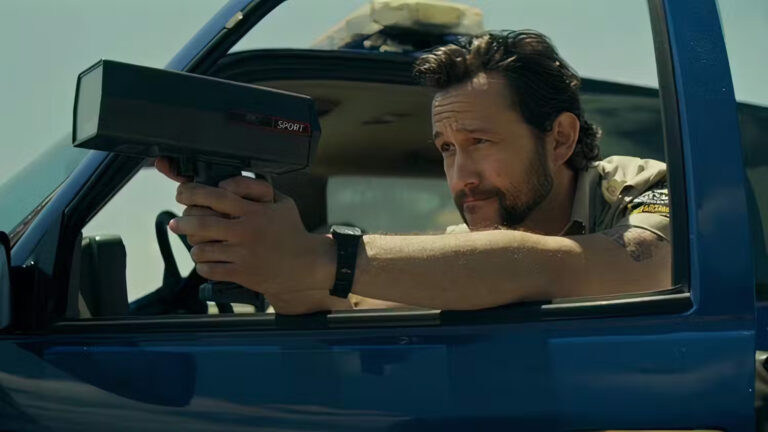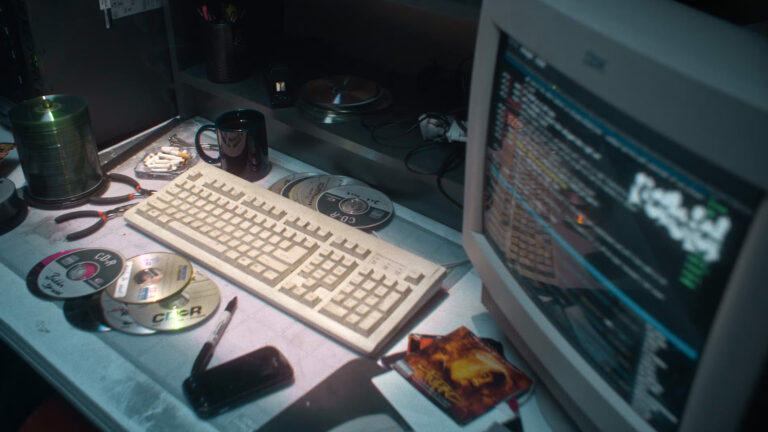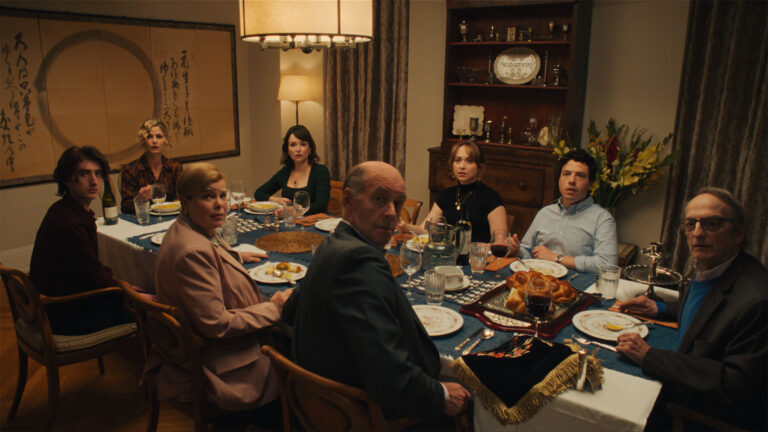This post originally appeared on the Adobe blog on June 6th, 2024.
Premiering at Tribeca Film Festival this year, Sacramento tells the story of Rickey (Michael Angarano), an energetic and free-spirited young man who convinces his long-time friend Glenn (Michael Cera) to go on a road trip across California, despite Glenn’s plans to start a family with his wife Rosie (Kristen Stewart). Along the journey, the two friends confront past mistakes and contemplate their futures.
We spoke with editor Max Goldblatt about his approach to editing the heartfelt comedy using Adobe Creative Cloud tools. This was his first experience with the Productions feature in Adobe Premiere Pro, which enabled him and his team to stay organized and synchronized by easily sharing project files. He has since continued to use Productions for larger projects that require seamless collaboration among a large team!
Additionally, Frame.io was an essential part of the process—using it to share dailies with producers, VFX, sound and color teams, as well as sharing feedback and backing up assets to the cloud.
Sacramento premieres at Tribeca Film Festival on June 8. Read on for a more in-depth behind-the-scenes look into Goldblatt and his team’s remote workflow.
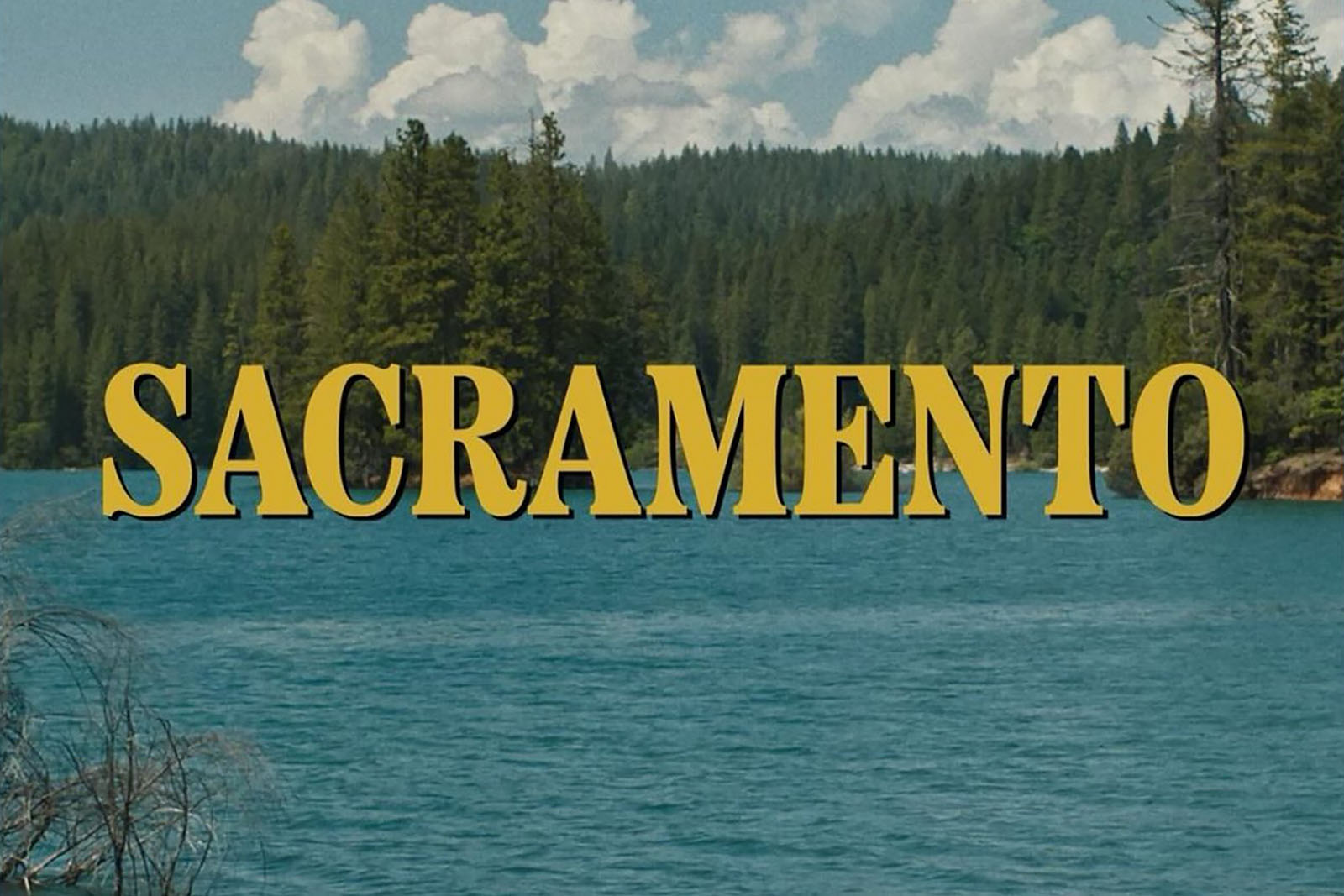
How and where did you first learn to edit?
My film education was heavily informed by the fact that my father Mark Goldblatt edited studio films while I was growing up. From as early as I can remember, I would visit the cutting room and watch him work. It was a privilege and thrill to be a fly on the wall for everything from watching down dailies, to making selects, to assembling and reworking scenes, all the way to the sound mix and test screenings.
This started when cutting on 35mm film was still the industry standard, so I guess technically I first learned to edit in 1992 when my dad’s assistant editors on Super Mario Bros showed me how to physically cut and join pieces of film using a splicer. They would give me little rolls of stray footage, leaving me to make my own little abstract films and trusting that I wouldn’t chop off any fingers.
Kristen Stewart, Michael Cera and Michael Angarano star in the movie about two friends’ road trip to Sacramento. 🚗 https://t.co/vDIaFu9vxZ
— City of Sacramento (@TheCityofSac) May 25, 2023
How do you begin a project and set up your workspace?
Before of the Sacramento shoot, I read the script as many times as I was able to, breaking down substantial scenes into beats as a preliminary way of thinking about where shifts in emotion occur. I also love to prepare by watching other movies that a director might be influenced by for the project. Having a shared set of references was important for us on Michael’s first film Avenues and for Sacramento we zeroed in on road movies and 70s cinema.
I started cutting on day two of the shoot and worked in the order the scenes were shot. I’d begin by watching a stringout of each scene and leaving notes for myself as markers on clips: things I like, things I don’t like, technical issues, usable reaction shots, good improvisation. I asked my first assistant editor Greg Armstrong to leave notes of his own in the timeline while prepping scenes, which helped me navigate the material more efficiently.
I usually spend the bulk of my time pulling and organizing selects for each scene based on my notes, often thinking about those script beats again in regard to potential edit points. Having done the work up front to engage with and react to the material, my first pass of a scene tends to emerge organically out of the selects. I wouldn’t say that the scenes edit themselves at that point, but sometimes it’s a bit of a blur and you suddenly have a scene in front of you that’s working well enough for you to move on to the next.
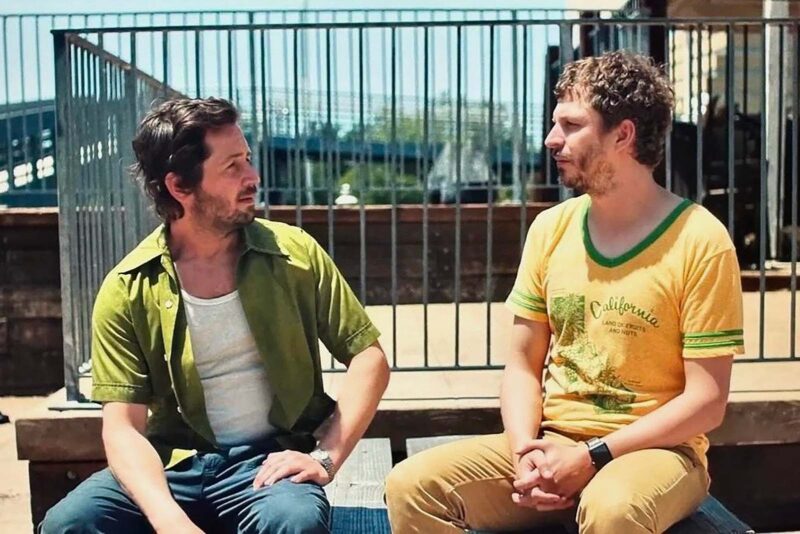
Tell us about a favorite scene or moment from this project and why it stands out to you.
There’s a ten-minute stretch at the midpoint of the film that I really love. It’s just Glenn and Rickey in a few locations in Sacramento, and it sends us into the third act of the film. In the middle of this sequence there’s a conversation that occurs while they’re sitting on a bench which really encapsulates the movie for me (it’s also incredibly funny). We had minimal coverage and very few takes for this scene, but the performances from Cera and Angarano were so strong that it didn’t matter at all.
What were some specific post-production challenges you faced that were unique to your project? How did you go about solving them?
A lot of our focus while editing was towards calibrating the characters’ emotions over the course of the narrative. That’s certainly not unique to this film, but we devoted a lot of energy to dialing it in. I think of editing performance as a true collaboration; it’s the editor’s job to sculpt the varied decisions an actor makes over many takes of raw footage and create something that feels emotionally consistent and true. Cera, Erskine, Stewart, and Angarano gave us such dynamic raw material that it was a joy to dive in and help mold their performances into what you see in the finished product.
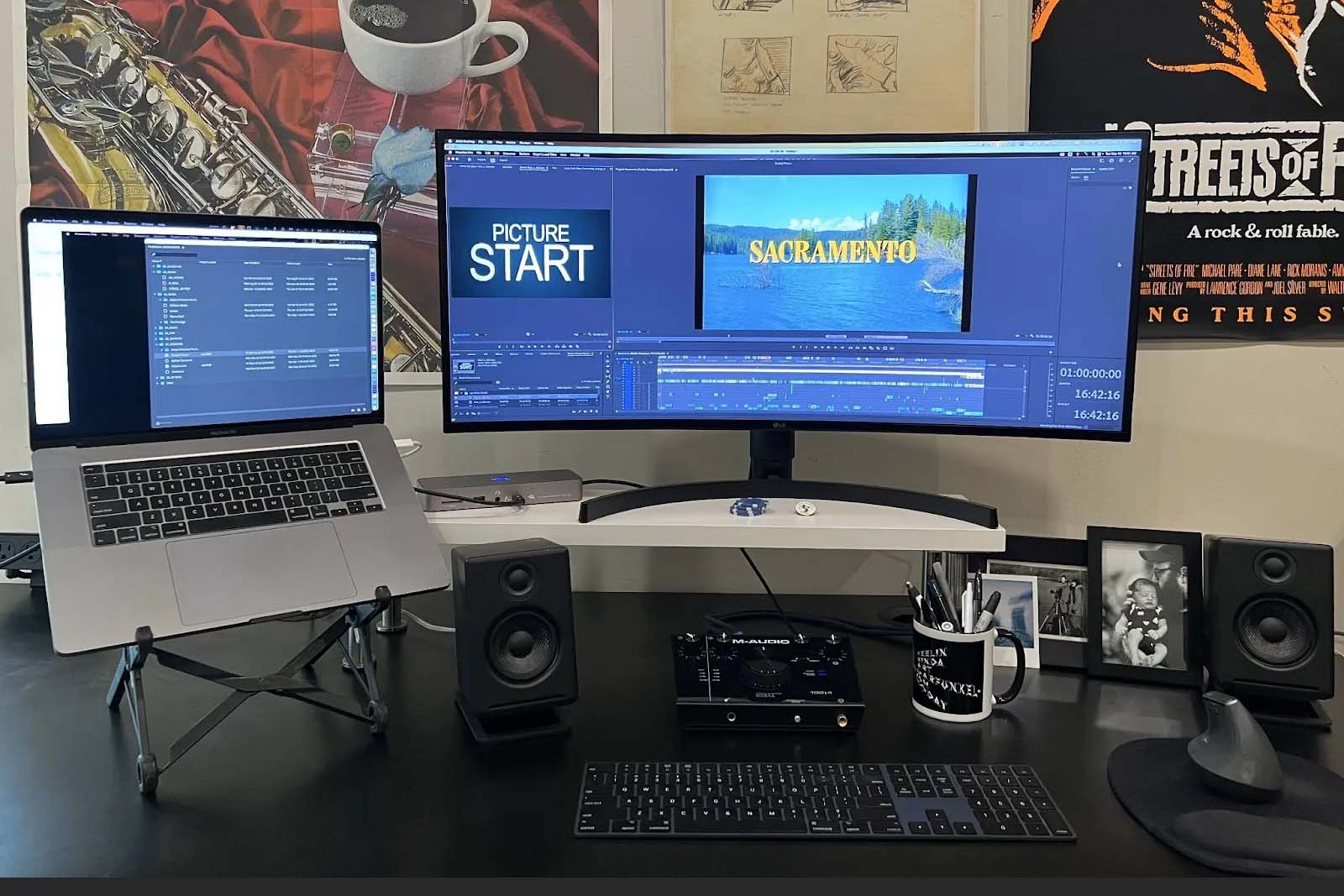
What Adobe tools did you use on this project and why did you originally choose them? Were there any other third party tools that helped enhance your workflow?
I was excited to use Productions in Premiere Pro for the first time on Sacramento and have continued to use it on larger jobs that require access between multiple editors and assistant editors. I love how Productions enables a team to stay in sync. It beats the days of sending project files back and forth, wasting time re-linking media, and the project bloat that inevitably arises on something of this size.
We also used Adobe After Effects to smooth out a number of invisible split-comps that I had roughed together in Premiere Pro. My incredibly talented wife Vanessa Riegel designed our titles in Adobe Illustrator using an Adobe font.
In terms of other tools, we had a great remote workflow. All our media was stored on a Synology NAS at Special Order who graciously provided post services. Working from my home office, Greg and I used Jump Desktop in order to remotely drive two powerful Mac Studios that were at Special Order, connected to the NAS. I needed the Production to be accessible to me as well as the in-house Assistant Editors at Special Order (Casey Jones and Emi Eck) for After Effects work, turnovers and finishing; so being able to rely on their pre-existing, secure infrastructure was key.
Do you use Frame.io as part of your workflow? If so, how do you use it?
We used Frame.io most frequently during production. Our DIT would share dailies via Frame.io. Because Michael was on location, I sent him my first passes of scenes as review links, and he would leave his initial reactions as comments. Once the film wrapped and we were in the same room, we used Frame.io less for feedback. Instead, it was our means of sending cuts out for producers to review, for backing up assets to the cloud, and for sending deliverables to VFX, sound, and color.
If you could share one tip about Premiere Pro, what would it be?
Customize! Premiere Pro is adaptable, and you should absolutely mold it to how you like to work. My keyboard shortcut preset has evolved over time from the Final Cut 7.0 layout to include all sorts of tricks and shortcuts I’ve learned that have made my life easier. And that’s the other thing, never stop learning about Premiere Pro. Keeping up with new versions and exploring the latest features will only make you work more efficiently, and that should mean that there’s less standing between you and your creative impulses.


